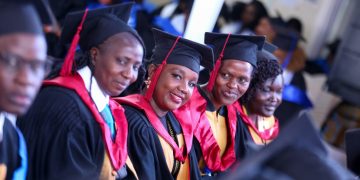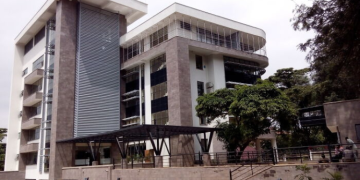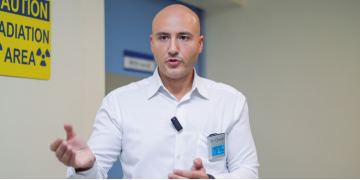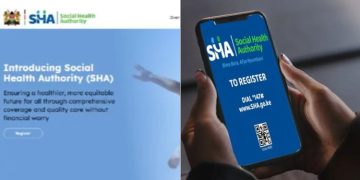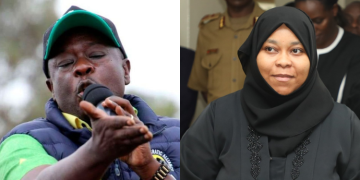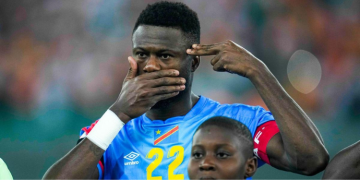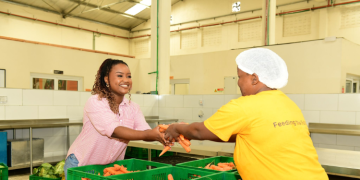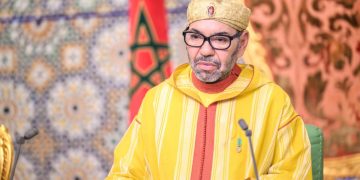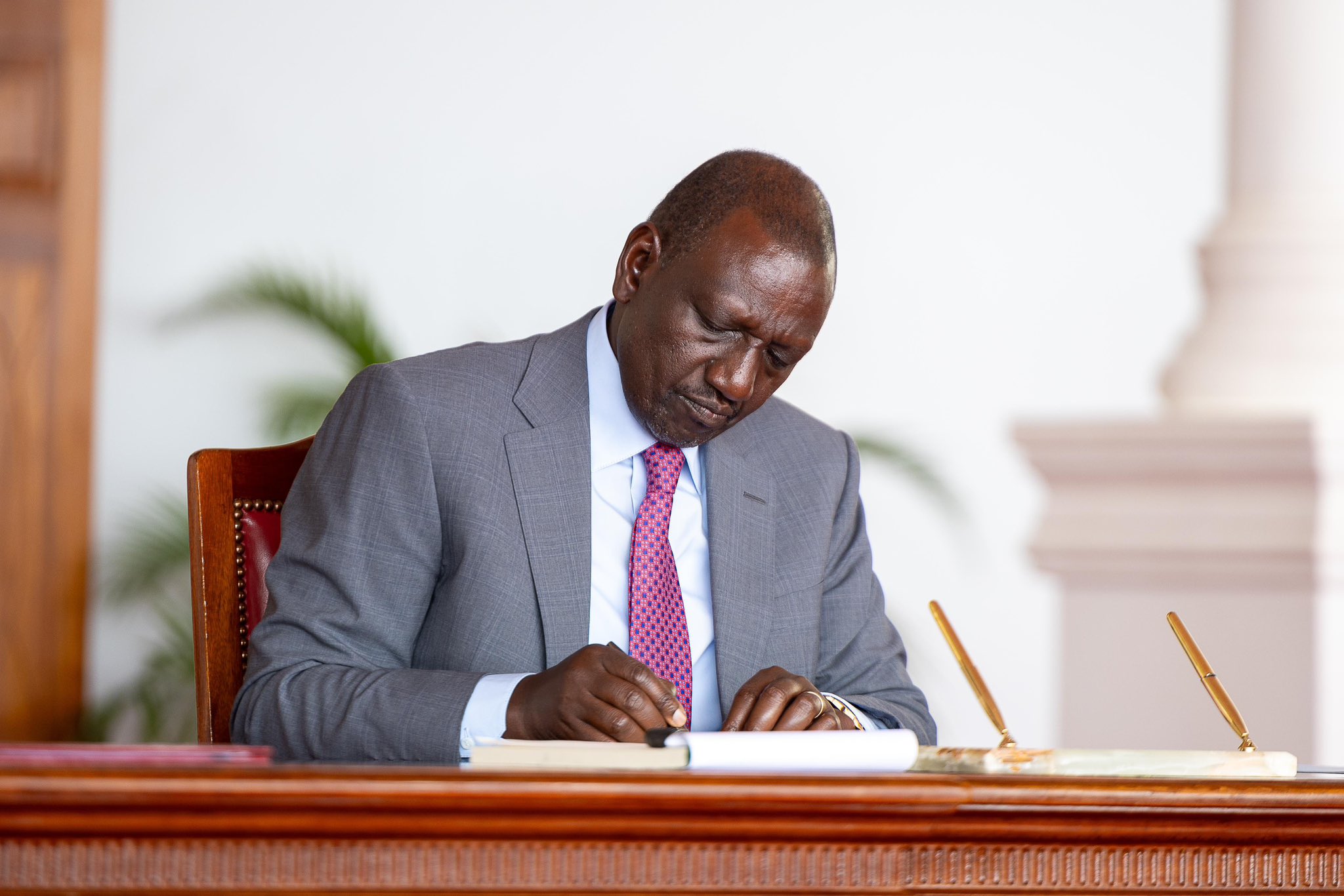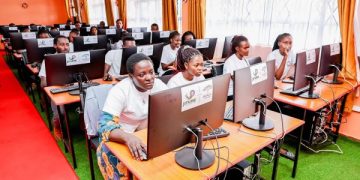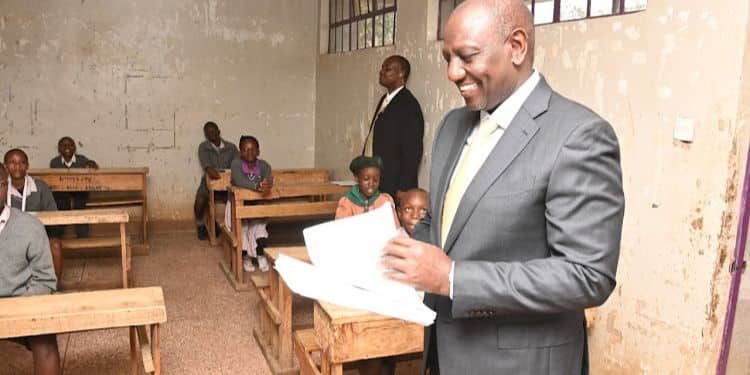The number of children enrolled in private schools in 2023 reduced from around 30% in 2021 to roughly 20% in 2023, a survey by the Usawa Agenda has established.
According to the report, three out of ten children were enrolled in private primary schools in 2021, translating to 30% of all children in Kenyan primary schools.
In 2023, however, the number reduced to two out of ten children, representing approximately 22%.
Of concern, however, is a finding by the organization that the quality of education in public schools is still lower compared to private schools.
The survey, Foundational Literacy and Numeracy Assessment (FLANA) 2024, children enrolled in private schools have better learning outcomes than those in public schools in both English literacy and mathematics.
The odds for a learner in a private primary school to have better learning outcomes in English and numeracy are 45% and 28% respectively higher than those of a learner in a public primary school- according to the report.
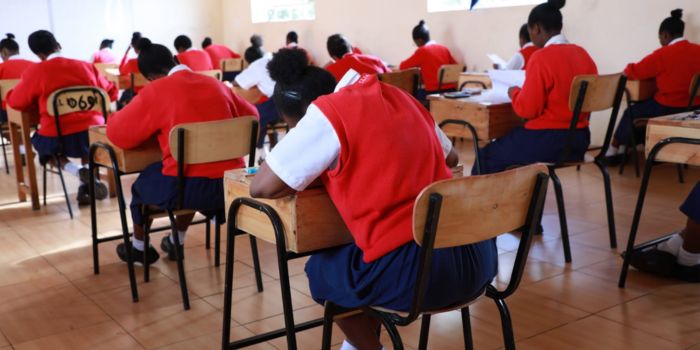
“The gap between the likelihood to achieve better learning outcomes when attending a private primary school and a public primary school is widening in favor of private schools,” the report indicated.
Pupils from rich backgrounds outsmart children from poor households
At the same time, the survey found that the odds for a learner from a rich household to have better learning outcomes in English and numeracy are 50% and 42% respectively higher than those of a learner from poor households.
Also Read: Goodbye KCPE: 2023 Historic Last Dance as CBC Takes Shape
The question about the influence of parents on education outcomes also emerged, with the report showing that a mother’s education plays a significant role in improving the learning outcomes of a child.
Additionally, the odds for a learner whose mother has tertiary education to have better learning outcomes in English and numeracy are 68% and 47% respectively higher than those of a learner whose mother has at most a primary level of education.
Gender was also singled out as a factor in assessing education outcomes in Kenya, with the findings indicating that the odds of having better learning outcomes in English for girls are 16% higher than for boys.
Inequality in Kenya’s education sector was also reflected in the disparity in learning outcomes between children in rural and urban areas.
Also Read: CS Machogu Addresses the Future of CBC & Implementation
As per the FLANA 2024 report, urban schools generally have better facilities than rural schools.
Rural public primary schools, the report adds, are generally understaffed with a Permanent and Pensionable (P&P) teacher to classroom ratio of 0.93 compared to the urban whose ratio is 1.06.
According to Usawa Agenda, 6 in 100 teachers in public primary schools are untrained while 4 in 10 teachers in public schools are employed by parents through Boards of management (BOM).







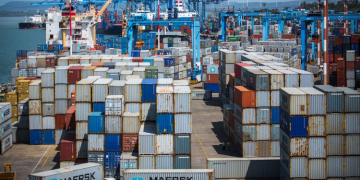
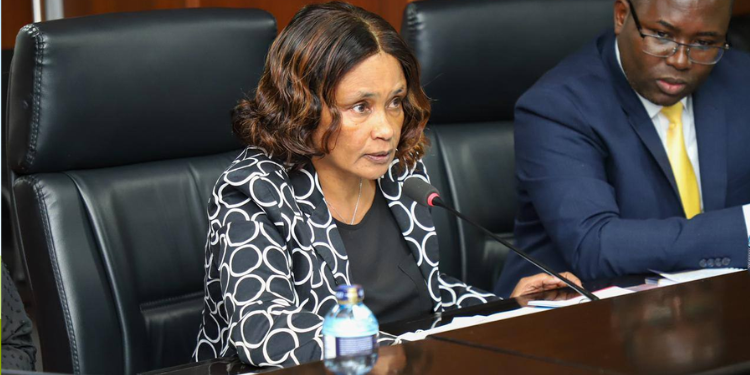
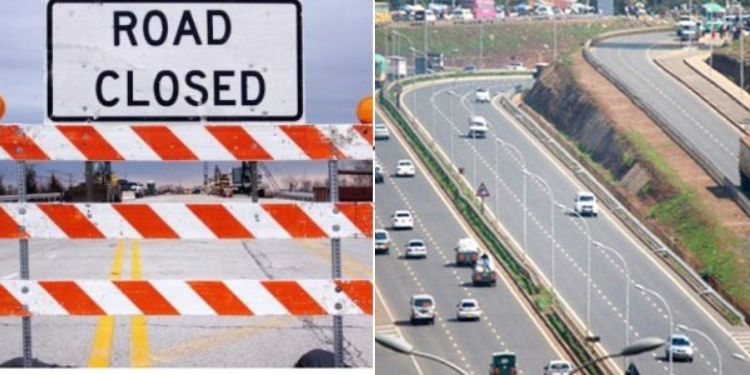

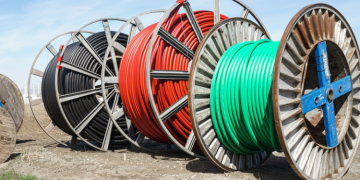


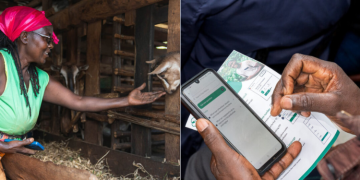




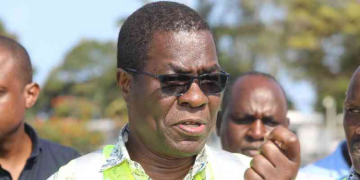



![Billions Each Top Kenyan Bank Has Made So Far In Profits This Year [List] Q3 2025 Results For Equity, Kcb, Co-Op, Absa And Other Banks]( https://thekenyatimescdn-ese7d3e7ghdnbfa9.z01.azurefd.net/prodimages/uploads/2025/11/C0-OP-KCB-Equity-Absa-360x180.png)

